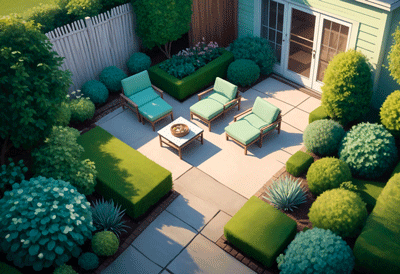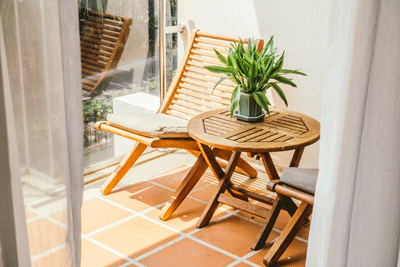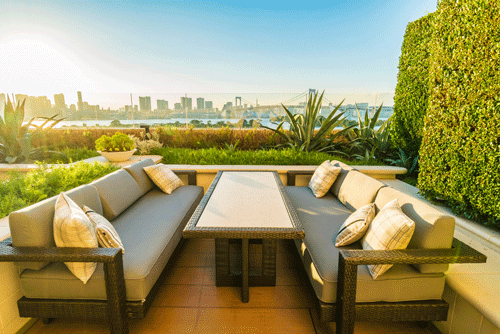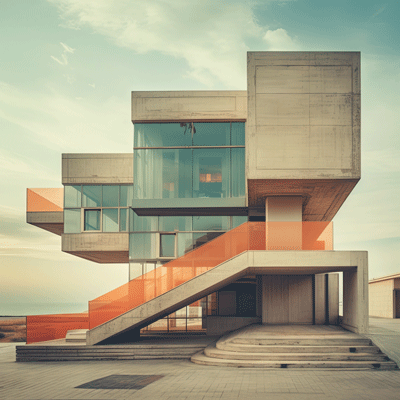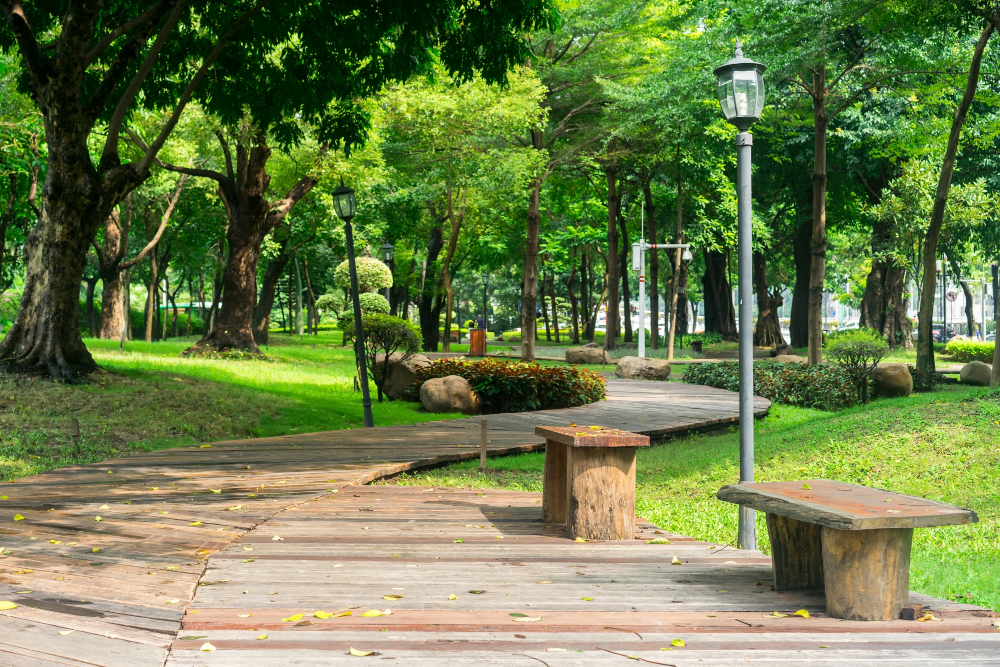
Interior & Exterior Design
Urban Design
Essential Principles of Effective Urban Design
Urban design is the art and science of shaping the physical setting for life in cities, towns, and villages. It operates at a scale between architecture and city planning, focusing on the design of the public realm—the streets, squares, parks, and overall cityscape that we all share. The goal is to create places that are livable, sustainable, functional, and beautiful for everyone.
1. Prioritize People Over Cars (Human-Centered Design)
The most successful urban spaces are designed for the human experience, not for vehicle throughput.
Pedestrian-First Streets: Create wide, safe, and accessible sidewalks. Use amenities like street trees for shade, benches for resting, and clear, continuous pathways.
Traffic Calming: Implement design features that slow down vehicle traffic, such as narrowed roads, speed bumps, raised crosswalks, and curb extensions. This makes streets safer for walking and cycling.
Active Frontages: Encourage building designs where the ground floor interacts with the street—with shops, cafes, and windows—rather than blank walls or parking lots. This creates vitality and “eyes on the street.”
2. Create a Connected and Permeable Street Network
How people and traffic move through a city is fundamental to its function.
Avoid Superblocks and Cul-de-Sacs: Large, impenetrable blocks create disconnected neighborhoods and force all traffic onto a few arterial roads. A fine-grained network of interconnected streets provides multiple routes, disperses traffic, and makes walking more direct and enjoyable.
High Permeability: The urban fabric should have many connections, making it easy for people to walk or cycle from one point to another without long detours.
3. Foster Mixed-Use Development
Separating where people live, work, and shop leads to dormant neighborhoods and increased car dependency.
Integrate Uses: Combine residential, commercial, retail, and recreational uses within the same neighborhood or even the same building.
The 15-Minute Neighborhood Concept: Aim for a design where residents can meet most of their daily needs (work, food, education, leisure) within a 15-minute walk or bike ride from their homes. This enhances convenience, reduces traffic, and supports local businesses.
4. Define and Activate the Public Realm
The quality of public spaces (squares, plazas, parks, streets) is a key indicator of a city’s health.
Create “Outdoor Rooms”: Use buildings, trees, and other elements to define the edges of public spaces, giving them a sense of enclosure and human scale.
Design for Activity: Provide a reason for people to be in a space. This includes movable seating, public art, water features, food kiosks, and performance areas. The best public spaces are destinations, not just passageways.
Green Infrastructure: Integrate parks, greenways, and pocket parks into the urban fabric. They provide ecological benefits (air purification, stormwater management), recreational opportunities, and mental respite.
5. Ensure Diversity and Inclusivity
A great city is one that works for all its residents.
Housing Variety: Provide a mix of housing types, sizes, and price points to accommodate people of different ages, incomes, and family structures. This creates socially diverse and resilient neighborhoods.
Universal Accessibility: Design all public spaces to be fully accessible to people with disabilities, the elderly, and children. This includes ramps, tactile paving, and accessible public transit.
Equitable Access: Ensure that amenities like parks, grocery stores, and public transit are distributed fairly across all neighborhoods.
6. Establish a Clear and Legible Structure
People should be able to understand and navigate the city intuitively.
Create Landmarks: Use distinctive buildings, monuments, or natural features as visual reference points.
Hierarchy of Streets: Differentiate between streets based on their function—from high-speed boulevards to slow, local residential streets. The design (width, landscaping, building height) should reflect this function.
Distinct Districts: Allow different parts of the city to develop their own unique character, which helps with orientation and creates a more interesting urban experience.
7. Embrace Sustainability and Resilience
Urban design must address environmental challenges.
Sustainable Mobility: Prioritize and design high-quality networks for walking, cycling, and public transit over private car infrastructure.
Green Building and Energy: Encourage energy-efficient building design and the use of renewable energy sources.
Climate Resilience: Design for the future climate, incorporating features like green roofs to reduce heat island effect, permeable pavements for stormwater management, and shading for thermal comfort.
8. Respect and Integrate Historical Context
Cities are layered with history.
Sensitive Infill: New development should respect the scale, massing, and character of its historic context, even while using contemporary architecture.
Adaptive Reuse: Repurpose old buildings for new uses instead of demolishing them. This preserves cultural heritage, is often more sustainable, and adds character.
Common Urban Design Mistakes to Avoid
Creating Single-Use Zones: Large areas dedicated only to offices, only to housing, or only to retail, which become inactive for large parts of the day.
Prioritizing Traffic Speed Over Safety: Wide, multi-lane roads that are dangerous to cross and divide neighborhoods.
Poorly Scaled Spaces: Vast, empty plazas with no wind protection, shade, or seating that feel inhospitable and unused.
Lack of Green Space: Failing to integrate nature, leading to a harsh, concrete-dominated environment.
Ignoring the Human Scale: Designing only for the bird’s-eye view, creating overpowering skylines and streetscapes that feel intimidating and impersonal at ground level.
In summary, successful urban design is not about creating a finished, perfect picture. It is about creating a robust, adaptable, and human-focused framework within which a vibrant and dynamic city life can flourish. It’s the art of making a city that feels like home for all its inhabitants.

